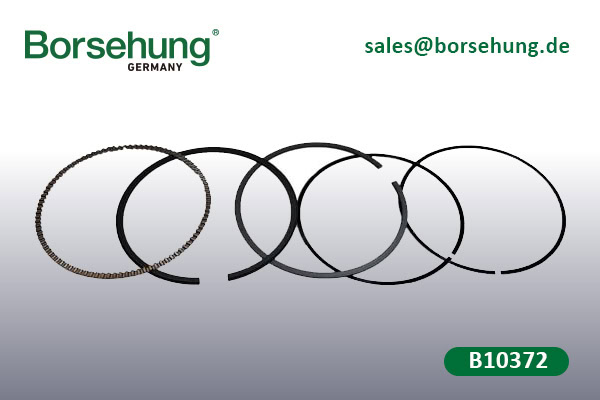Piston ring plays a critical role in an automotive engine, and its main functions include sealing, oil control, heat conduction, and supporting.
Sealing
Prevent gas leakage: The piston ring is firmly fitted between the piston and the cylinder wall to effectively prevent leakage of high-pressure gas in the combustion chamber, thereby ensuring that the best compression effect during operation of the engine and improving power and efficiency.
Maintain combustion pressure: By maintaining the pressure in the cylinder, the piston ring helps achieve full combustion in the engine in each operation cycle, and increases the engine’s output power.
Oil control
Oil membrane adjustment: The piston ring can control the distribution of oil in the cylinder, thus keeping excessive oil from entering the combustion chamber and reducing blue smoke and oil consumption.
Oil scraping: The design of the oil ring allows it to scrape and collect excess oil back into the oil pan to maintain an appropriate amount of oil lubrication in the cylinder and prevent combustion due to excessive lubrication.

Heat conduction
Heat dissipation: The piston ring can directly contact the cylinder wall to transfer heat generated by the piston during operation to the cylinder wall. In this way, it contributes to control of the engine temperature and reduces the impact of thermal expansion on the engine.
Supporting: The piston ring moves up and down in the cylinder, and its sliding surface is fully supported by the ring. It prevents direct contact between the piston and the cylinder, and plays a supporting role.

